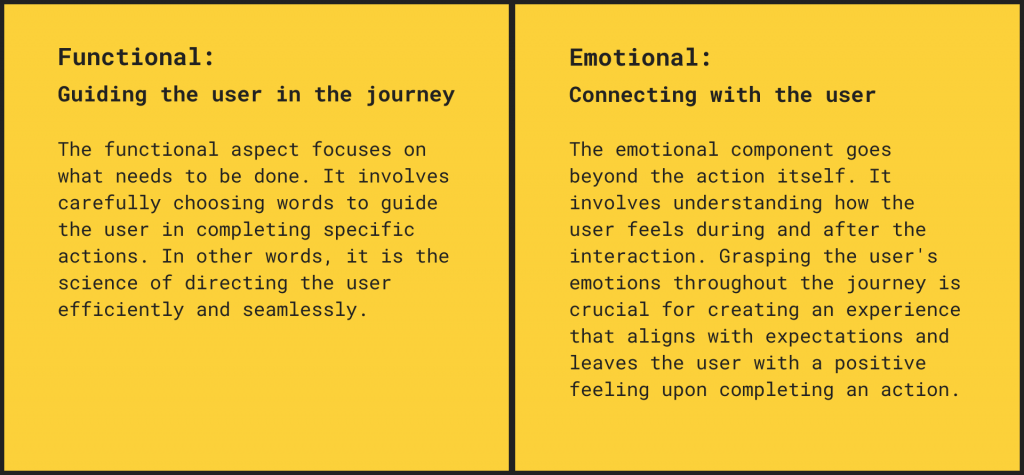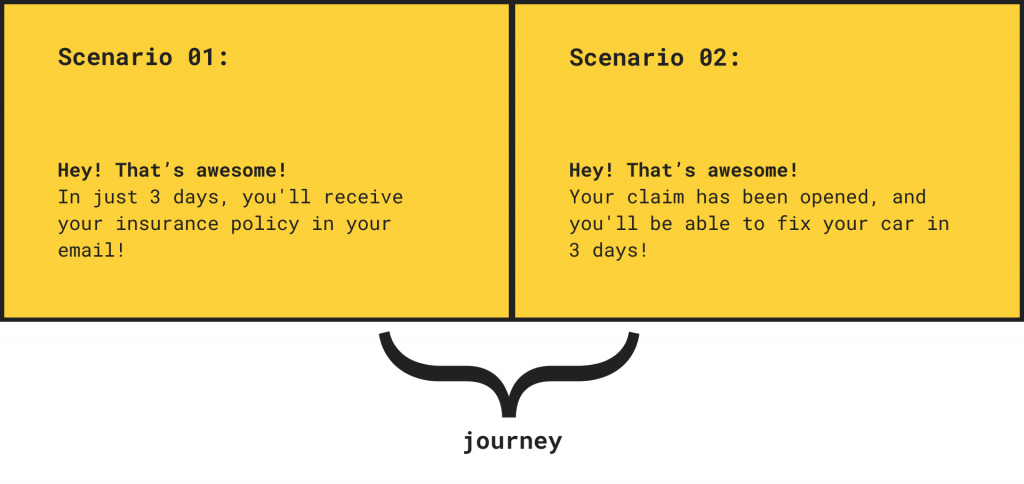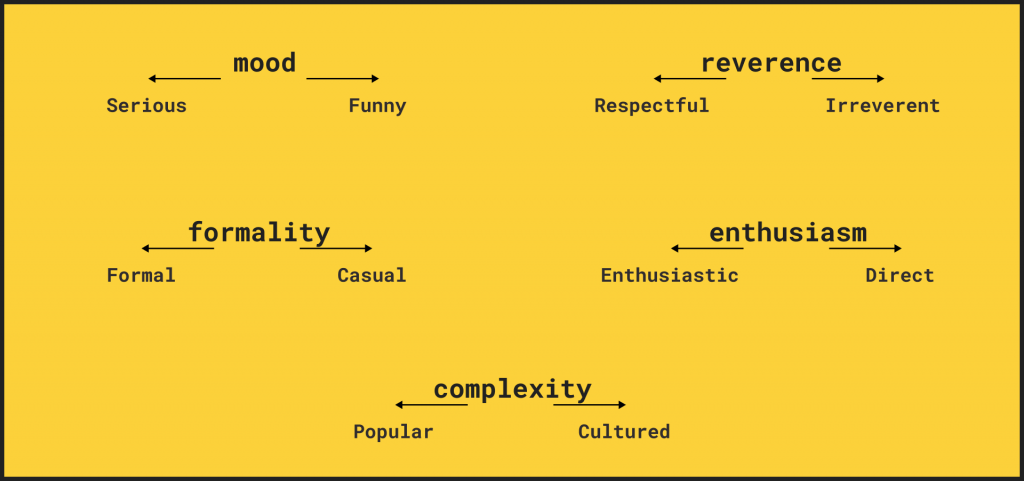This article was originally written in Portuguese.
But then…
what the heck is UX Writing?
Writing beautifully is important, but the true essence of UX Writing goes beyond linguistic aesthetics. This article explores why the mere beauty of words is not sufficient to guide the user in completing their tasks.
It’s not enough to write beautifully, and I’ll prove it to you.
The Problem with Unnecessary Elegance
To illustrate this point, let’s consider an example of text written with legal terms—a beautiful language for those in the field, but a hurdle for those not familiar with this specific universe.
“ORDINARY APPEAL IN HABEAS CORPUS – ADMISSIBILITY. The decision by which a habeas corpus is not admitted is equivalent to a denial, and is challengeable by means of an ordinary appeal. ORDINARY APPEAL IN HABEAS CORPUS – PREJUDICE – NON-EXISTENCE. The subsequent judgment of a petition filed in the Court of Justice, which was not admitted, does not prejudice the habeas corpus. ORDINARY APPEAL IN HABEAS CORPUS – SUBSTANTIVE ISSUE – COMPLAINT – REITERATION – VIABILITY. The fact that it concerns a reiteration of issues raised in a complaint does not preclude the consideration of the request. COLLECTIVE HABEAS CORPUS – INADEQUACY. Habeas corpus is a constitutional action aimed at preserving individual freedom of movement – Section LXVIII of Article 5 of the Federal Constitution – and not collective.”
The above text, taken from the STF Brazil website, underscores how elegance is not synonymous with clarity. For users outside the legal field, the difficulty of interpretation is evident.
UX Writing: Beyond Aesthetics, Towards Efficiency
At its core, UX Writing transcends the realm of choosing beautiful words. It is the process of selecting the right words for each component of the interface, aligning with the user persona and the brand’s tone of voice. In essence, it is about ensuring that the user comprehends the message clearly and in harmony with the communicative identity of the brand, whether in the digital or offline environment.
The Essential Duality: Functional and Emotional
To achieve effective UX, it is crucial to understand and integrate two fundamental aspects: functional and emotional.

Practical Case Study
Analyzing the renewal banner and the interface for reporting an incident in an insurance app underscores the importance of understanding and addressing the user’s emotional needs during their journey. Let’s delve deeper:

Rationalization:
The caption “Renew Your Peace of Mind” directly addresses the user’s emotional need when purchasing insurance. It reinforces the sense of security and protection that the customer seeks when investing in a car insurance service.
Emotional Approach:
The accompanying image complements the message by visually conveying the idea of protection and tranquility. This enhances the emotional appeal, establishing a deeper connection with the user’s aspirations.

Emotional Challenge:
Communicating an insurance claim can be a daunting experience for the user, especially if it’s their first time. The word “claim” itself carries a negative connotation and can induce anxiety.
Suggestions for Improvement:
Considering the user’s emotional state at this moment, it is possible to replace the expression “Communicate a claim” with more welcoming and resolution-oriented options. Alternatives such as “Need assistance,” “Request help,” or “Open a ticket” can soften the approach, conveying empathy and assistance.
Internally, within the insurance brokerage, the term “communicate a claim” may make perfect sense, but what about the user’s emotional state when they are completing this action?
As a company, how can I assist my user in completing this action in the best possible way?
Communication

Analysis:
Scenario 01 reflects a completed task where the user will receive what they were seeking: the policy for the contracted insurance. The enthusiastic expression, “Hey! That’s awesome!” conveys excitement and the successful completion of an action, aligning with the positive emotion the user is likely feeling at that moment.
In contrast, Scenario 02 involves the user in a challenging part of their journey, needing to report a claim or an accident. Using the same communication, “Hey! That’s awesome!” may seem inappropriate as it doesn’t resonate with the user’s emotions when facing a claim. The user expects to feel supported and secure in this challenging moment: “That’s unfortunate, but don’t worry. Your claim has been opened, and in 3 days, you’ll be able to fix your car.”
By adjusting communication with sensitivity to user emotions in each situation, the company builds a more welcoming and compassionate experience, strengthening the relationship with the customer throughout the entire journey.
5 dimensions of tone of voice
In the context of effective communication for products and services, delving into the realm of marketing leads us to understand the nuances of tone of voice, an essential tool for constructing a distinctive identity.

These 5 dimensions are:

The choice between each of these dimensions should not be arbitrary or based on personal or team preferences but rather aligned with the brand/company’s personality, essence, and values, as well as the behavior and preferences of the target audience.
For a deeper exploration of the dimensions of “tone of voice,” NN/g studied 37 more words, and you can explore them all here: https://www.nngroup.com/articles/tone-voice-words/
Understanding and applying these dimensions require a profound understanding of the target audience, a process that involves creating personas and continuous research.
But that is a topic for another moment…
